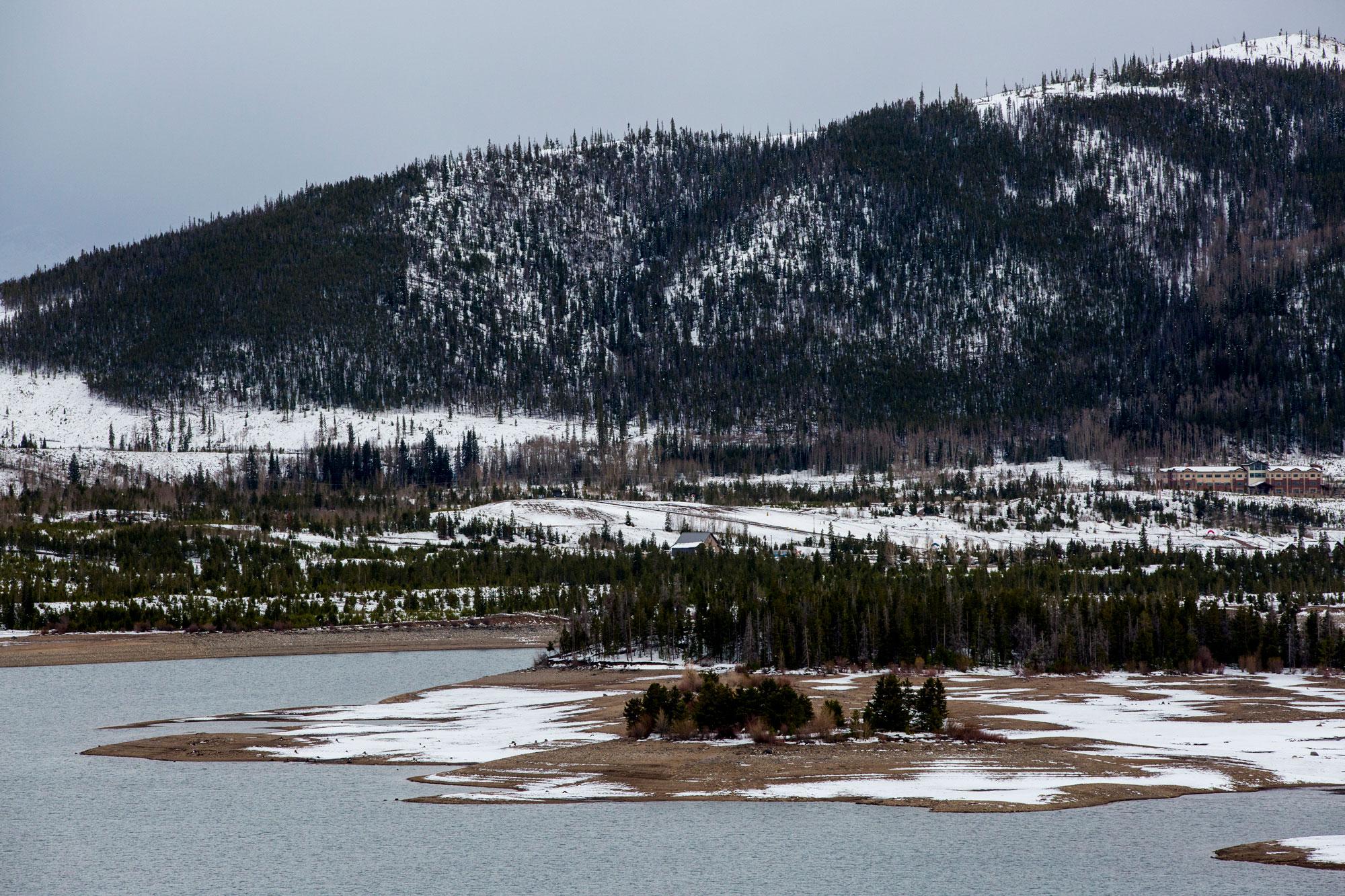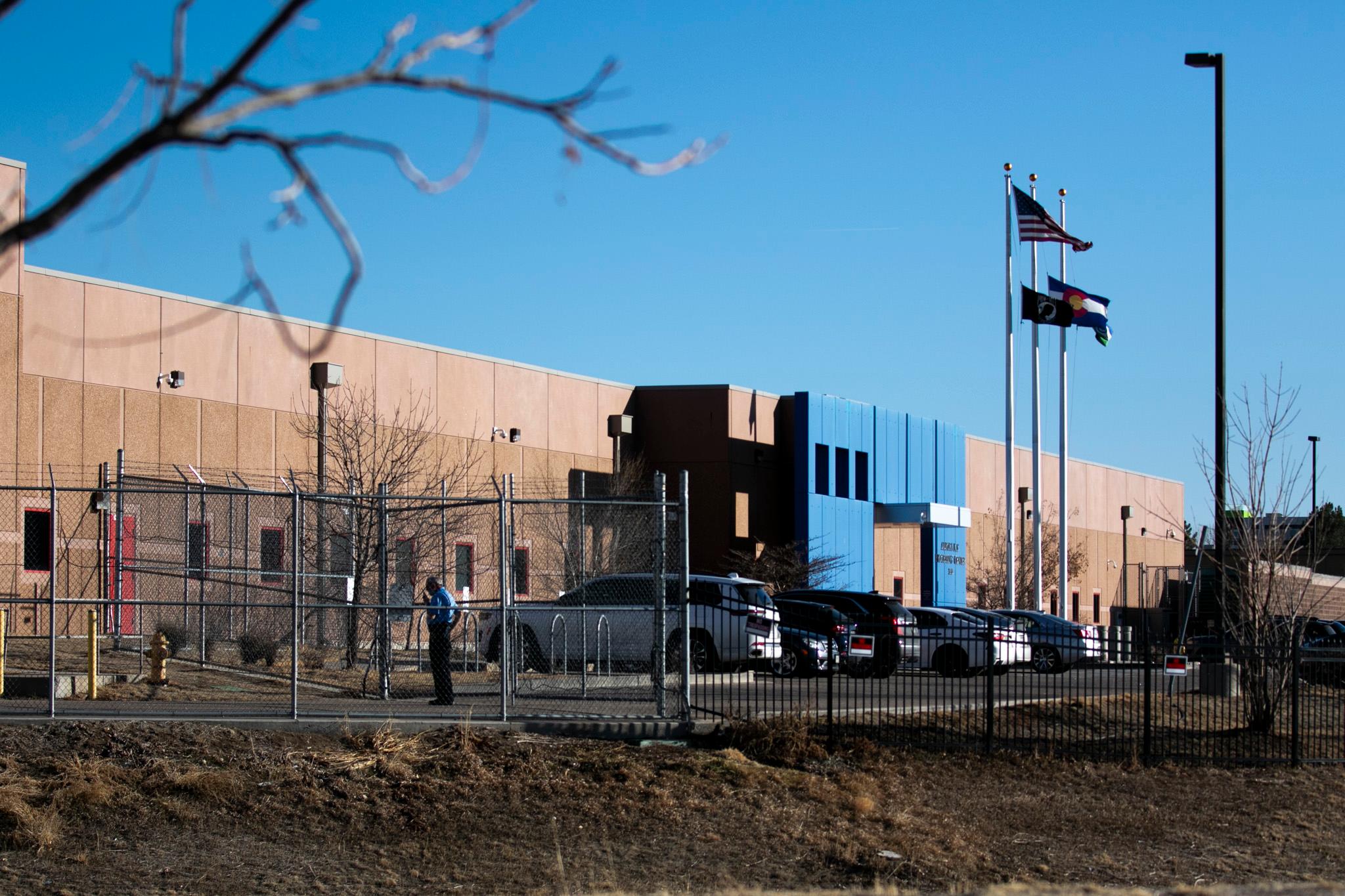

When Colorado has a bounty of snowpack, it always seems like good news at first.
Drought is officially over in the state, for the first time in 19 years. Farmers can maintain crops and livestock. Colorado could get through this wildfire season without seeing massive fires like last year’s.
And Denver Water is pleased as reservoirs rise. Snowpack in the Colorado River basin is 145 percent of normal, while the South Platte is at 124 percent. Those mountain areas serve Denver Water’s 1.4 million customers on the front range, as well as other communities like Aurora and Littleton.
But as the snow melts, it takes a fine-tuned approach to manage the flowing water that rushes down mountainsides and through tunnels, into reservoirs and over spillways and along creeks and rivers.
Some mountain communities are bracing for it to go badly. Hinsdale County in southwestern Colorado is stocking up on sandbags while trying to head off the flooding that can result from raging streams clogged up by the debris churned up by avalanches.
The Best Case Scenario
Denver Water manager Nathan Elder said so far things are going well.
“The cool temperatures have really slowed runoff down and it’s occurring in a more controlled way, to contrast if we had a really hot, sunny spring where it all melts really quick,” which can cause flooding, Elder said.
He checks lots of data every week — snow pack of course, but also projected temperatures that affect the rate of snow melt; windy weather, which alters how much snow evaporates; and soil moisture, to calculate how much snowmelt will get soaked up by the ground and never make it to reservoirs.
After noting all that, Elder decides how much room to maintain in reservoirs including the one in Dillon so it won’t overflow.
“We’re currently holding Dillon Reservoir steady at 25 feet-down (from full) to prepare for that snowpack runoff,” Elder said.
In a year like this, water managers hope to bank a lot in reservoirs as a cushion against future drought. For that reason, Elder says Denver Water still encourages customers to conserve.
“If we conserve now, we can keep our reservoirs fuller going into next year and have better water supply conditions,” Elder said.
The Worst Case Scenario
Hinsdale County is bracing for the worst.
People in the remote county, which sits east of Telluride in the Rio Grande and San Juan national forests, have seen more avalanches this winter than anyone can remember. Twelve slides were big enough to get names. The slides left massive debris fields, dotted with whole trees and large boulders, said Michael Davis, the public information officer for the Hotchkiss Fire District. Davis is helping coordinate the emergency planning in Hinsdale County.
Hinsdale is considered the most remote and roadless county in the lower 48 states. While most of those avalanches don’t directly affect residents, the trees and boulders pulled along in the slides do cause problems. All that debris jams up old earthen dams in the mountains designed to manage the flow of the Henson Creek. Now, officials are worried the dams could break.
“If that should happen, then we would end up with a large volume of water shooting down the Henson creek, carrying massive amounts of debris into Lake City,’ Davis said.
Experts from federal, state and county agencies are working to avert such a flood, but it isn’t easy. The remoteness of the county means there are few roads to deliver equipment into the areas where they need to clear debris.
Officials are blocking a couple of county roads that would normally open up Memorial Day weekend because they don’t want the public in canyons that could be swept by flooding.
Because officials are so closely monitoring on the creek, if the worst does happen, Davis said they’ll be able to give residents plenty of advance warning to get out,.
The county has also called for volunteers to fill sandbags.
“The response has been phenomenal,” Davis said. “We've had people from all over the state calling and going to the website to sign up. We had a group of folks in here yesterday from Oklahoma that came in and filled a a thousand some odd sandbags.”
Davis said widespread word of the problem has put the tiny tourist community in a bind.
“This is a tourist-driven economy. The people have one chance to make money all year, and that’s through tourism in the summer. We’re doing everything we can to encourage people to continue to come to Lake City,” Davis said. “It’s really a tough situation. We’ve got a serious problem here, but we’re working hard to eliminate it, we’re trying hard not to panic people.”
Officials expect to stay on edge until the thaw is over, which they expect some time in late June. Whether it floods or not this spring, they’ll have to continue to clear out the unprecedented amount of debris from all those avalanches to avoid the same problem setting up next year.








